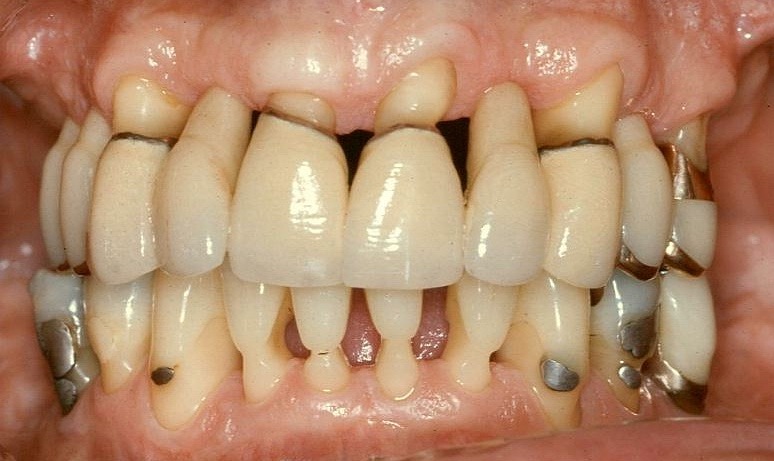Attrition, Abrasion & Erosion


Attrition, abrasion and erosion can all create a situation where enamel is gradually worn away revealing the underlying dentine. The exposed dentinal tubules offer a potential route of invasion into the pulp for oral microbes and their products.
It seems, however, that if the wear-process is not very rapid and if the local hygiene conditions are good, the pulp-dentine complex often manages to protect itself against microbial invasion. Key factors in pulpal protection are the formation of secondary dentine and, perhaps most importantly, production of mineral deposits in dentinal tubules (sclerotic dentine) that effectively inhibit bacterial invasion.